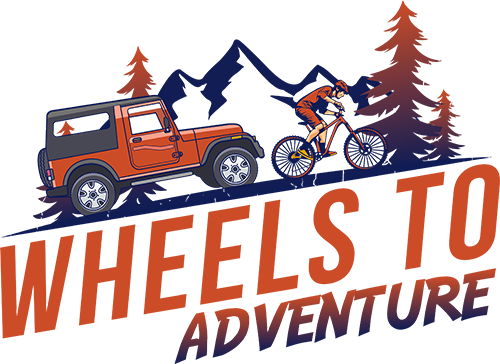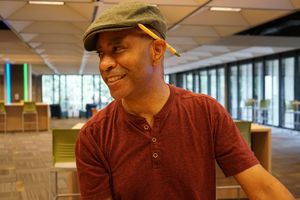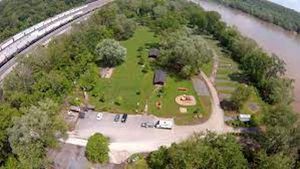Our bellies are full. Our bodies are refueled. My new friends and I get back on the trail. We shift between following each other along the two-track trail, but soon it is apparent that I cannot keep their pace. Three miles in, Dale pulls away and tells me to find them if I decide to reach the campgrounds.
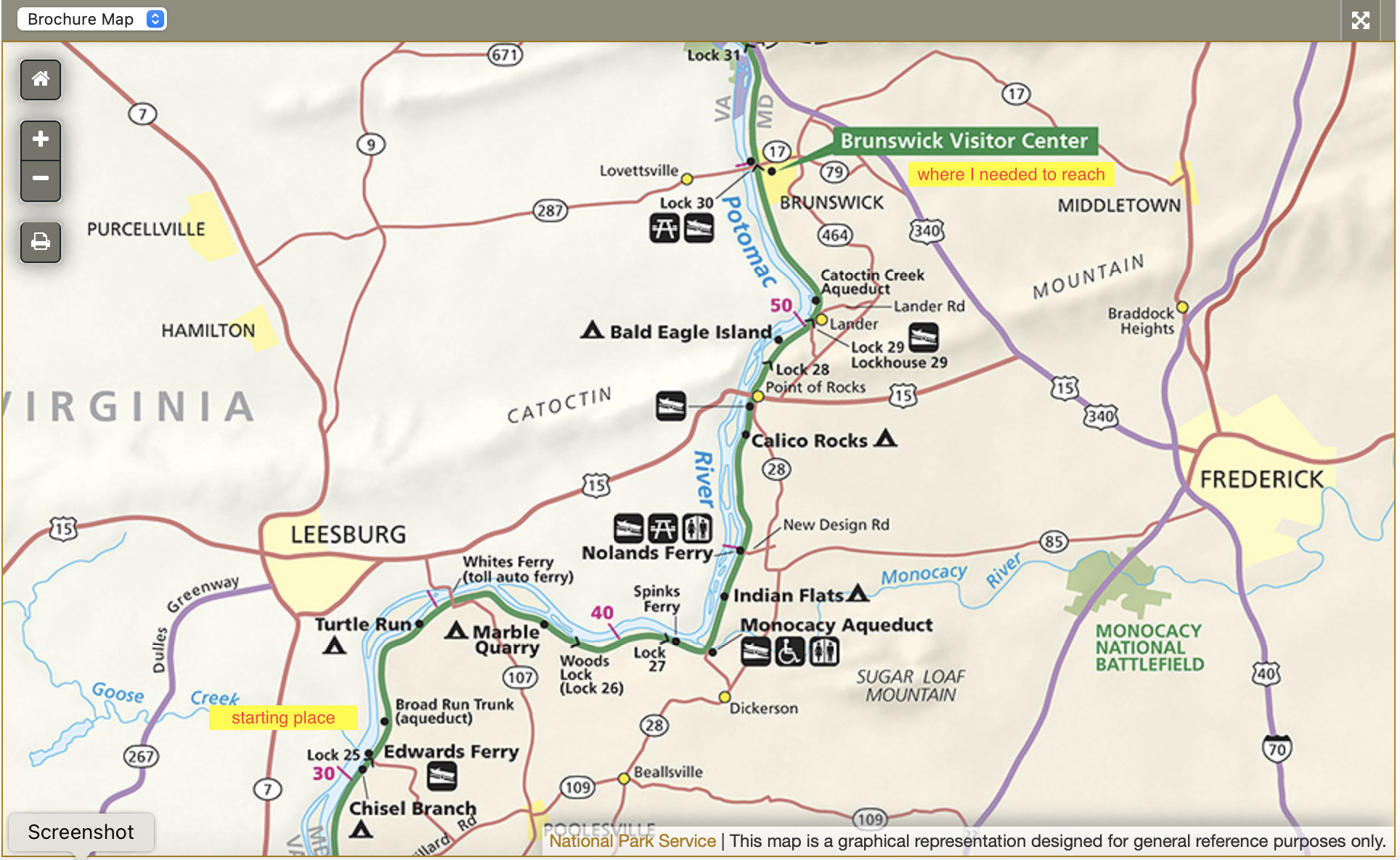
There is no way I can keep pace with them or the grandmothers passing me by with the amount of weight I have on my bike. It is a self-serving lie and I know it the moment I say it out loud. I'm so annoyed. Yea, this is the first time I have tried to tour. Yes, it has been only five months since I got on a bike for the first time since 1999. Sure, I did not train like I should have in the months preceding my trip. Nonetheless, I don't like getting passed by everyone—including people weighted down like me and older in age—like I’m standing still.
I’m averaging about eight to nine miles per hour. Essentially 5 to 6 miles less than when I hit the trail in Milford, Ohio. Of course, all I had to carry then was a GoPro and my fat mouth.
It is unreasonable to expect higher performance on the trail, given I have not done this before or trained myself up. This is a theme I would return to again and again during my trip. It is trail lesson three and a good life lesson. Do not compare yourself to others. Aspire to be like or exceed them, but when it comes down to the nitty gritty, compare yourself to what you did the day before. Plod along if you must, knowing that even plodders make progress compared to people who stand still.
Once I get the negative thinking out of my head, I’m able to enjoy the ride. I’m on a hard packed, gray crushed rock now. It is nearly as hard packed as riding asphalt. The trail itself is in the woods with trees on either side, branches reaching toward each as if trying to form a wooden, green tunnel. It is awesome for the ride. The temperature is a good 10 or 15 degrees cooler, than in open spaces.
Despite the late hour, I still see a few deer; five, to be exact. They are on the side of the path, so I cannot get any video or photos of them. I decide to keep a count on how many I see each day. Other than deer, I don’t see many animals, except the two-legged kind. The trail is busy. Every ten minutes someone is passing me, going the opposite direction or passing by me, headed in the direction I’m going.
My fellow trailers are an eclectic bunch. Young, old, male, female, white, even Indian, but I’m the only black guy on the trail. I find it amusing and funny because I keep hearing Matt’s sarcasm in my head.
To prepare for my trip, I looked at a ton of videos, read a butt load of articles. I come across several articles and bike companies doing their best to speak to diversity in cycling, or the lack of it. Each time I see one, it annoys me. I delve into why in the entry, "There is no diversity problem in cycling."
As I pass or get passed by other riders, I’m curious about the wide variety of panniers I see on their bikes. If you are not familiar with the term, panniers are a fancy word for saddle bags. They hold all your gear. You can get them large or small, expensive, or cheap. The panniers that intrigue me the most are made from kitty litter containers. The first time I see someone with one, it makes me chuckle, and I think, “Geesh, they’re not that expensive.” However, it soon becomes apparent that the kitty litter panniers are not the cheap idea of some cash strapped cyclist. I see more and more riders with them. A group of six ride by me and all have the same litter containers on the side of their bikes. I keep a mental count and stop when I reach 35.
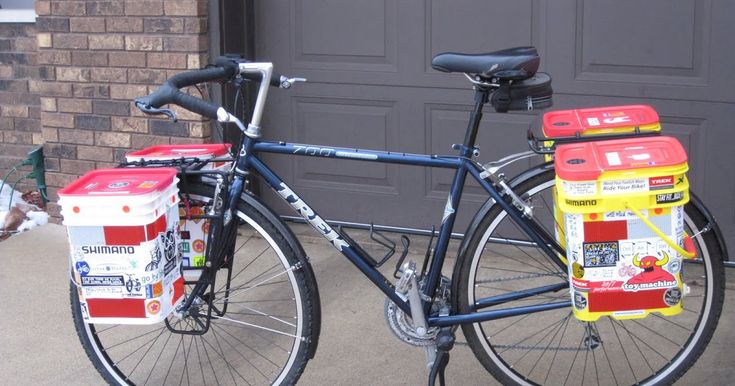
Three hours into my ride, I’ve pedaled close to thirty miles, I guess. I’ve got two fully charged phones with me and a music list on each that reaches into the thousands. But I don’t want to play them. I’m content to ride with nothing more than my thoughts to keep me company. I focus on the ride and messing around with my gopro to get some video. It take a few tries to get the video correct. I’ve got every mount you can think of for the camera, but positioning it takes some doing. Three guys jump off a bridge into the river, but I don't get it on video.
There is a little girl, age ten or eleven, I guess, watching the boys. She walks to the jump point, before her mother screams to not “even think about it!” The girl pouts and stomps over to her mother. I get the evil eye from her mother when I laugh uncontrollably.
“Oh, you think it’s funny now? It isn’t when you have to deal with that daredevil every day,” she says. I laugh harder.
The trail follows the Potomac. Water is usually within eyesight to the left of the direction I’m heading. To the right are wooded areas interspersed with small pools of water. Sections of the trail are placed close to the water. I imagine it would not be fun to crash and fall into them. I take solace there are no gators to worry about. My negative side reminds me there are certainly water moccasins around to take a bite out of me. I move to the opposite side of the trail when the trail gets too close to the stagnant pools of water. Better safe than sorry.
Great idea, until I reach my first personal challenge.
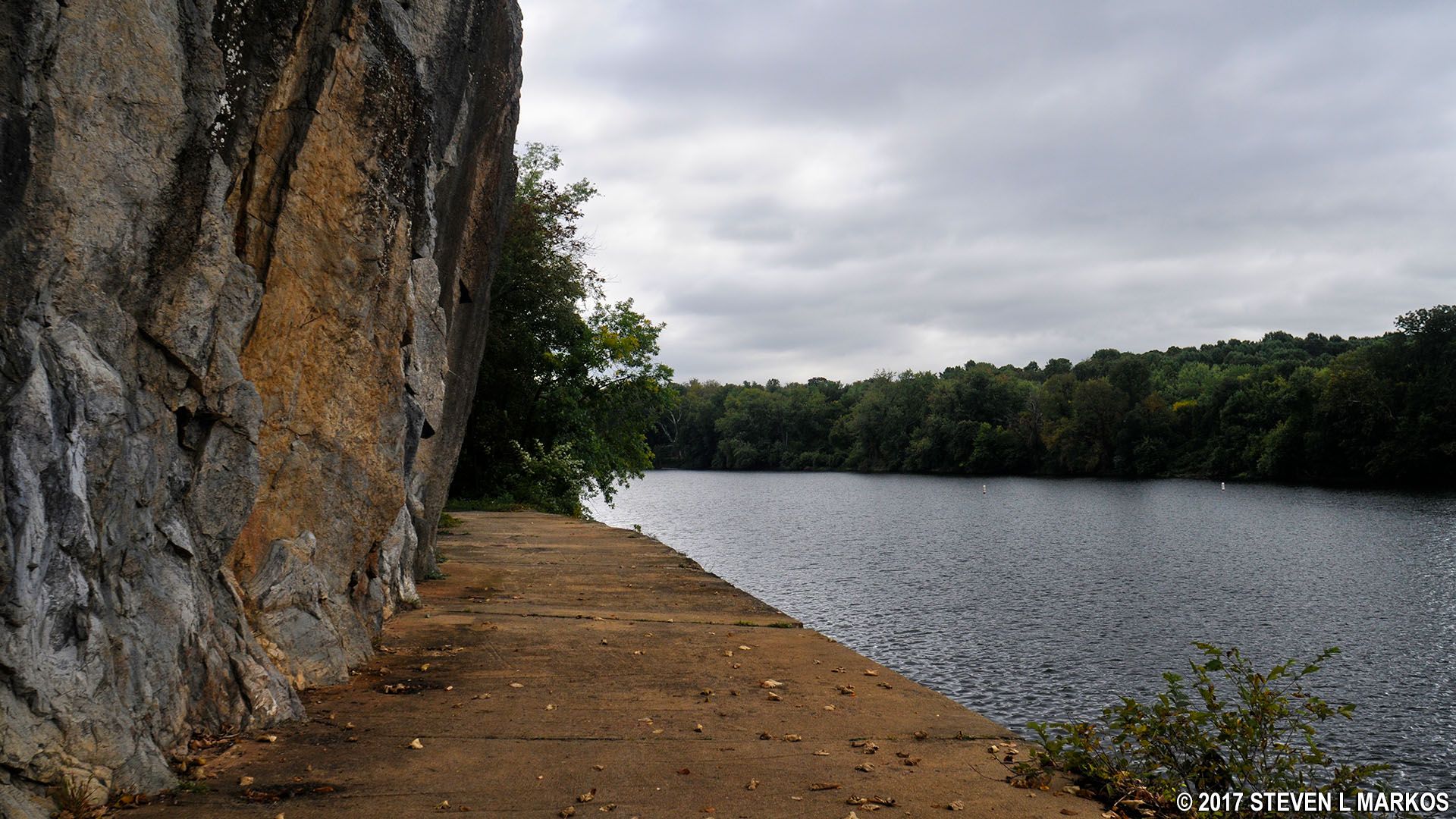
If you have read the first few entries of Wheels to Adventure, then you know I’m not a fan of heights, bridges, or water larger than a backyard pool. I don’t like heights because I can’t fly. I don’t like bridges, because you can fall off them, and well, with no wings or the ability to fly, that would end badly. I am a functional swimmer; meaning that if thrown into the deep end of a pool or lake, if the exit is close by, I can reach it. Throw me into the ocean or the middle of a lake, I’d likely drown.
I knew ahead of time there would be bridges that are long and high. My two fears would be encountered more than once on the trip and I’d have to man up. I did not expect the water issue to be put to the test and not this early.
Twelve miles from lunch, I reach Monocacy Aqueduct. Originally built in 1883, the aqueduct is a stone masonry structure 19 feet from water level to the top of the structure. The towpath parapet wall is 8 feet wide, and the upstream wall is 6 feet wide. It is 438 feet long with no side walls. If you take a tumble, you could be swimming.
The height is nothing compared to what I know I will face further in the trip, but it is still disorientating as I ride slowly across. Eight feet in width doesn’t feel wide. I’m hugging the middle of the path, so I only have four feet on either side.
I make it across with minimal stress, sweat, and sigh in relief. That relief would be short-lived. Four miles later, the trail opens onto a section next to a cliff. The towpath curls around the edge of the Potomac five feet—maybe—to your left. To the right is the cliff, complete with signs directing you to watch out for falling rocks. Oh joy.
Now I hug the right side of the path, or at least I wish to. I cannot, however, because you know, falling rocks. Plus, there are bushes and trees going out into the path, forcing me to swerve back and forth. If you get dizzy easily, I suggest you skip the video below. I take small comfort in the party boat I see in the water. If I fall in at least there is someone to com rescue me. Assuming they are not too drunk and see me.
I make it across and now I’m three miles from the Calico Rock campsite. But I’m only ten miles from the Brunswick campground and my new friends. There’s plenty of daylight left and I’m not tired. I should be. I’m over thirty miles for the day. The most I’ve done and more than I thought I would on the first day.
The decision is simple. Ten miles is nothing. Only an hour more, I reason. I can do it. I got this.
